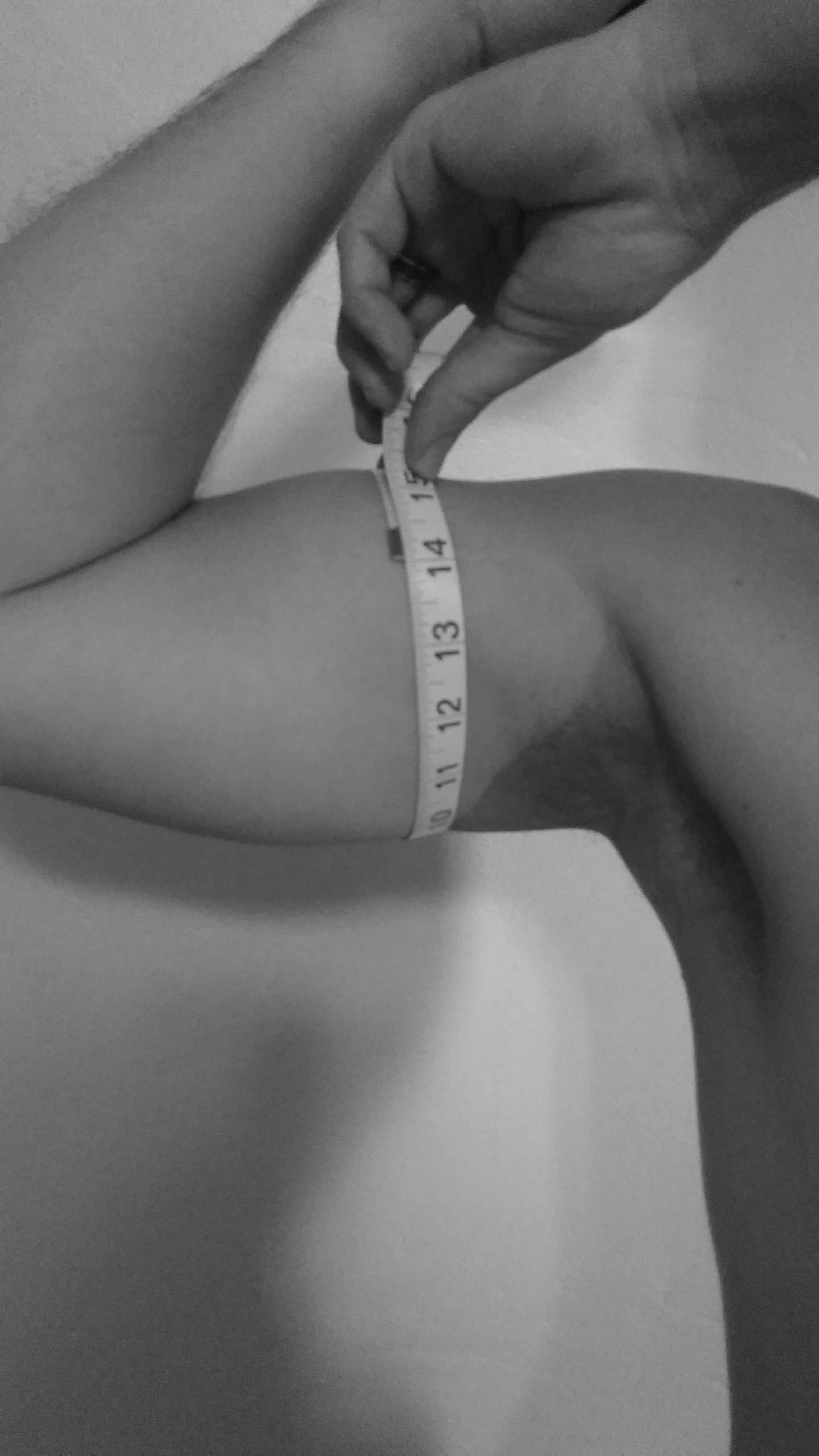Best Practices
Keeping track of your body measurements on a regular basis is a great way to stay motivated and to determine which lifestyle interventions have a positive impact on your weight, waistline and body composition. Your body weight will typically fluctuate throughout the day, so it is ideal to measure it either at a consistent time each day or consistently throughout the day in order to account for this variability. Other measurements, such as your waist and hips will not vary as much throughout the day and will be relatively slow to change. So while measuring them consistently is important, it is best to focus on long term trends instead of day-to-day changes, in which you are unlikely to see large differences.
Most measurements are of the circumference of some body part. This can be done with a tailor’s tape, as shown in the pictures on this page, or more conveniently with a Myo Tape* or similar device which simplifies the process greatly.
*That’s an affiliate link to the exact brand I use. If you buy the product through my link, I get a little money at no additional cost to you :)
Body Fat Percentage
Body Fat Percentage can be measured at home using bioelectic impedance scales, bodyfat calipers or through estimates using measurements of certain body parts. This application will automatically calculate your body fat percentage using the Navy Method if you select the “Navy Method” in settings and enter Height, Weight, Waist, Hips and Neck measurements or it will estimate your body fat percentage using the Jackson-Pollock 3-point technique if you select “Caliper Method” in settings and enter the three required caliper measurements. These calculations will show up in “Body Stats.” You may also enter Body Fat Percentage obtained in some other fashion on the main screen of the app.
Waist
In order for accurate calculation of body fat %, the waist should be measured at the level of the navel for men and at the most narrow point for women. In order to get an accurate measurement, do not pull in your stomach.
Hips
Measure the circumference of the hips at the widest point while ensuring that the measuring tape remains parallel to the floor.
Neck
While looking ahead and with relaxed shoulders measure the circumference of the neck at the level of the larynx (Adam’s Apple). Be sure that the measuring tape is perpendicular to the long axis of the neck.
Biceps
There are several ways to measure the biceps depending on your goals and preferences. The most important factor is to ensure that the biceps are measured the same way each time. For instance be sure to measure either the flexed or relaxed bicep every time consistently. Also, be sure to measure around the widest part of the bicep, ensuring that the measuring tape is perpendicular to the long axis of the bicep.
Chest
Measure the circumference of the chest at the widest part, typically at the level of the nipples.
Thigh
Measure around the largest part of the thigh.
Calves
Measure around the largest part of the calf.
Forearms
Measure around the largest part of the forearm (below the elbow).







